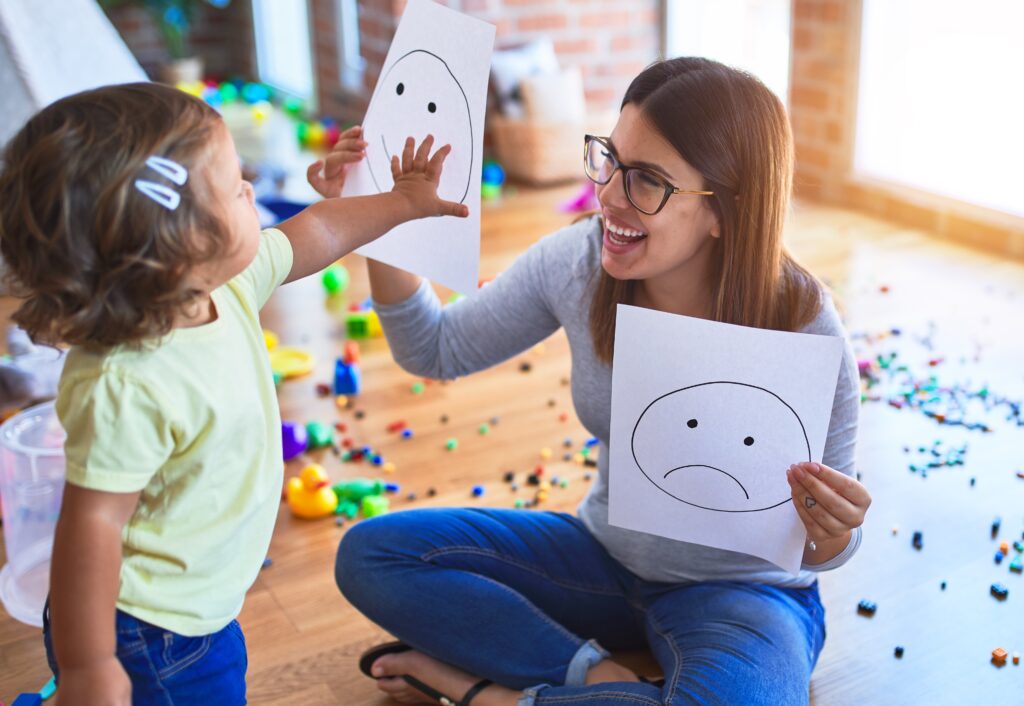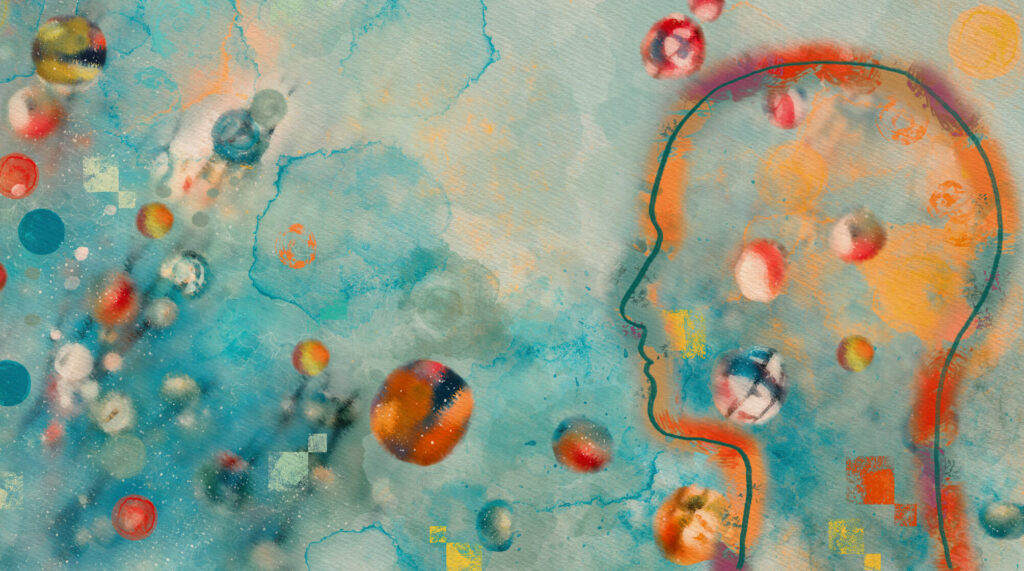What is Mindfulness?
Mindfulness in essence is a state of being. Practicing mindfulness involves purposely- bringing awareness to the present moment with acceptance. On the other hand, mindlessness is a state of operating on autopilot or being lost in judgmental fantasies of the past and the future. For example, how many of you already thought, “Is this article going to be any good?” In today’s constant rush of activity and responsibilities it is no wonder that many of us are stressed, plagued with difficult emotions, and don’t have the time to really get to know ourselves. The majority of life, unfortunately, is spent crossing one item off the list, so that we can move on to the next. Have you ever noticed that most of the time the mistakes that you make happen because you are rushing and not concentrating? I know I am guilty of this, but I have found that mindfulness exercises can help.
Life is difficult for everyone. Loss is an inevitable cycle we all must cope with. We win, we lose, we live, and we die. Mindfulness helps to loosen our preoccupations and accept things as they are. It is not having a blank mind. It is not becoming emotionless, withdrawing from life, seeking bliss, or escaping pain. Mindfulness is about developing the flexibility to avoid getting hooked on the narratives in our lives. Pain is not something that we want to eliminate. Our negative emotions are activated for a reason. When we feel physical pain it tells us to stop. When we feel anxiety or fear it let’s us know that there is danger. When we are sad it is the signal that we have lost something important. All of our emotions are important and deserve to be center stage at times. This is how we learn about ourselves within our environments. It is when these emotions are out of proportion to the situation or keep us from functioning in our daily lives that they do not deserve center stage. Mindfulness is way to gain insight into how the mind creates this suffering.
The mind is constantly scheming to hang on to pleasure and push away discomfort. Whatever is resisted in the mind becomes a source of discomfort. For example, if you experience social anxiety you probably cope by avoiding social situations. The more you avoid social activities the less comfortable you are in them. Identifying the pain without struggling and opening up to work with it rather than making it go away somehow transforms the pain. It does not take it away; rather it transforms the struggling into coping.
There is a difference between noticing that you are anxious and being mindful that you are anxious. It’s the difference between getting caught up in the feeling and observing the feeling. It leaves space to say to yourself, “I observe that I feel anxious and I know why.” It gives you the control to react or not. Which gives you control over the emotion. Close your eyes, listen to your body, and feel the anxiety. Sooner or later it will transform as everything does. Sometimes it helps to use a journal as well. Write what you are feeling down on paper and move on to your point of focus. Increasing your capacity to bear challenging experiences is extraordinarily valuable and worth practicing. And this is only one of the benefits!
We all know that without concentration the mind will wander. Automatic thoughts of the past and the future will freely flow. If you take a moment you can sometimes identify that these thoughts are mostly negative and seem to run like a tape recorder. They repeat and they repeat, and as if you do not hear them, they repeat again. Don’t worry you are not crazy. Our minds are like glue for negative thoughts and oil and water for positive thoughts. This goes way back to our ancestors who thought about and stored in their memories negative stimuli in order to survive. Think about what it must have been like as a cave man. Pretty sure you would remember which direction the predator went and avoid that area at all costs! This is called the “negativity bias”. In the simplest of terms we are just more sensitive to unpleasant stimuli.
According to Wikipedia, “In the brain, there are two different systems for negative and positive stimuli. The left hemisphere, which is known for articulate language, is specialized for positive experiences; whereas, the right hemisphere focuses on negative experiences. Another area of the brain used for the negativity bias is the amygdala. This specific area of the brain uses about two-thirds of its neurons searching for negative experiences. Once the amygdala starts looking for the bad news, it is stored into long-term memory. Positive experiences have to be held in awareness for more than twelve seconds in order for the transfer from short-term memory to long-term memory to take place?”
If we get pulled into these automatic negative thought streams this can cause a range of negative emotions such as anger, craving, jealousy, guilt, and self-pity. Most of these thoughts are concerned with the past or the future. When we practice mindfulness meditation we are concerned with the present moment. That does not mean that we do not think about the past or the future, but when our mind takes us there we gently return our focus to the present moment and the object of concentration without judgment.

To practice mindfulness I have taken 3 core practice skills from Dr. Ronald Siegel: 1) Concentration (choose an object and follow it closely) 2) Mindfulness (attend to whatever rises to the forefront of consciousness) 3) Acceptance and Compassion (non-judgment) Objects of concentration can be anything from the breath, to the sensations in the shower, exercise or even a project that you are working on. When your attention is focused in stillness many thoughts will arise, especially those that you struggle with. Acknowledge the thoughts and the emotions and return, without judgment, to your point of focus. Acceptance that we have negative thoughts and emotions is all that is needed to decrease their power. It’s the struggle and the act of resistance that increases their effects. Practicing mindfulness can be done on your own or with a clinical therapist. Resent research studies show that Cognitive Behavioral Therapy (CBT) and Mindfulness are two methods on the cutting-edge of evidence-based psychotherapy today. Together these techniques have been found to be highly effective in the treatment and relapse prevention of anxiety and depressive disorders. Find your Mindfulness Therapist at Good Therapy San Diego. Call Today! |
“But I fall straight into contradiction when I try to act and decide in order to be happy, when I make “being pleased” my future goal. For the more my actions are directed towards future pleasures, the more I am incapable of enjoying any pleasures at all. For all pleasures are present, and nothing save complete awareness of the present can even begin to guarantee future happiness. I can act in order to eat tomorrow, or take a trip to the mountains next week, but there is really no way of being certain that this will make me happy. On the contrary, it is common experience that nothing ruins a “pleasure” so much as watching yourself in the midst of it to see whether it pleases you. You can only live in one moment at a time, and you cannot think simultaneously about listening to the waves and whether you are enjoying listening to the waves. Contradictions of this kind are the only real types of action without freedom.”
“The Wisdom of Insecurity”
A message for an Age of Anxiety
by Alan W. Watts








